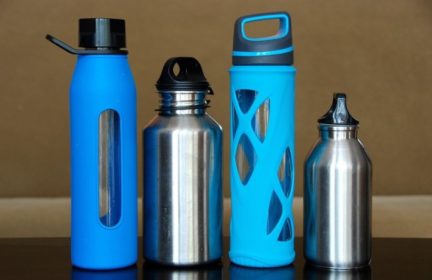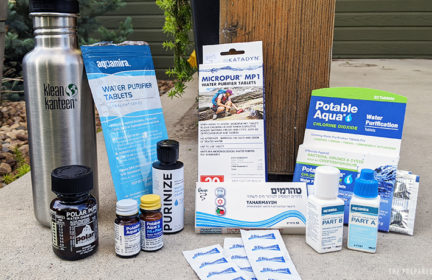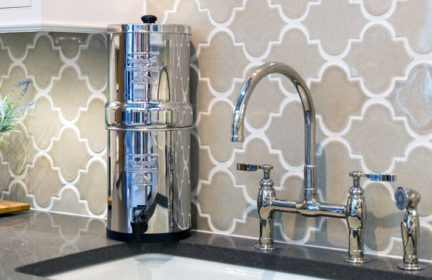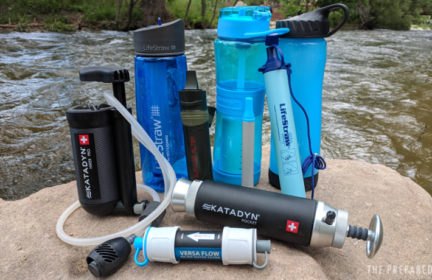Water purification priorities
There’s a few methods to purify water but I was wondering how they should be prioritized if you have all of them. Say you’ve been a good prepper and have the following…
– Water filtration (HydroBlu inline + backup LifeStraw)
– Water purification tablets (chlorine)
– A clear bottle for solar disinfection (SODIS)
– A hard canteen you can boil in, plus lighter/matches
– Bandana
The day is young, the sun is out, and you’re staring at a puddle. After you’ve scooped up as much as you can, what item or combo of items do you reach for first? And second, third, etc. Of course, you have no idea how long this emergency will last.
I’m writing a short guide for myself / my partner on how to prioritize gear use for safety and longevity. For instance, boiling requires fuel, so it wouldn’t be my first pick.
-
Comments (10)
-



